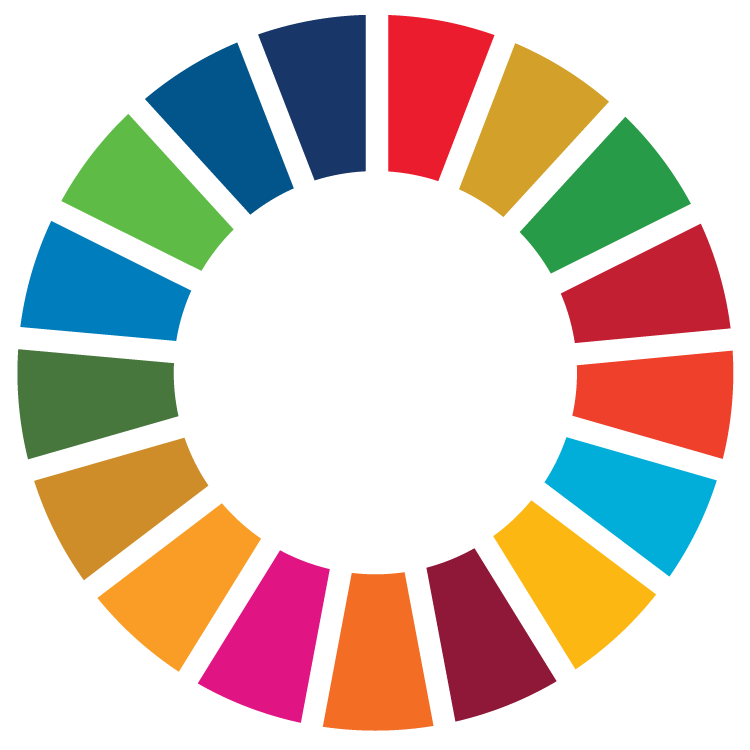Interlinkages between the framework and biodiversity protection goals
Interlinkages between the framework and biodiversity protection goals The Global Framework on Chemicals is essential to advancing global biodiversity protection goals. By acting as a blueprint for achieving a planet free from harmful chemical impacts, the Framework strengthens similar international agreements such as the Basel, Rotterdam and Stockholm (BRS) conventions, while also aligning with different but synergistic international agreements, including the Kunming-Montreal Global Biodiversity Framework (GBF).
Adopted in December 2022, the GBF calls for urgent action to halt biodiversity loss and to manage ecosystems sustainably. Of the GBF’s 23 Targets, 19 are dependent in some way on the safe and sustainable management of chemicals and waste, highlighting the opportunities for synergies between the GBF and the Global Framework on Chemicals. Meanwhile, the BRS conventions aim to protect human health and the environment from hazardous chemicals and waste.
How the Framework supports global biodiversity goals
While land and sea use change is the primary driver of biodiversity loss, pollution—including from chemicals and waste—has far-reaching impacts on terrestrial, freshwater, and marine ecosystems.
Toxic chemicals contaminate these habitats worldwide, threatening the survival of hundreds of species. For example, despite being banned globally, polychlorinated biphenyls (PCBs) continue to pollute oceans, critically impacting marine animals like striped dolphins and killer whales.
The Framework’s commitment to responsible chemicals management directly addresses such threats by providing a pathway to reduce contamination, strengthen ecosystem resilience, and protect biodiversity. In doing so, the Framework supports both the BRS conventions and the GBF while also directly contributing to the achievement of Sustainable Development Goals (SDGs).
Contributions to key biodiversity goals and SDGs:
- Reducing pollution: The Framework calls for the management of chemicals across their lifecycle, preventing pollutants from entering ecosystems. This effort directly supports SDG 14 (Life Below Water) by reducing marine pollution and protecting ocean biodiversity, SDG 15 (Life on Land) by safeguarding habitats from toxic contamination, and the overall achievement of Target 7 of the GBF on reducing pollution to levels that are not harmful to biodiversity.
- Promoting sustainable practices: The Framework encourages biodiversity-friendly practices, most importantly in agriculture, industry, and urban development. These initiatives align with SDG targets for conserving species diversity, protecting ecosystems, and enhancing resilience within essential habitats.
- Integrating chemicals management in policy: By embedding safe and secure chemicals management into national strategies and policies, the Framework contributes to several SDGs, including SDG 6 (Clean Water and Sanitation) by preventing water pollution and enhancing ecosystem health.
- Aligning financial flow targets: By directing investments into chemicals management that align with the financial targets of the GBF and other international agreements, the Framework makes sure that financial resources support both the reduction of chemical pollution and the conservation of ecosystems. This alignment fosters a holistic approach, where financial support through the Framework amplifies the impact of both chemical management and biodiversity protection.
The Framework’s efforts not only advance biodiversity goals but enable powerful synergies among global frameworks, maximizing their impacts and supporting a solution to the triple planetary crisis of climate change, nature and biodiversity loss, and pollution and waste.


